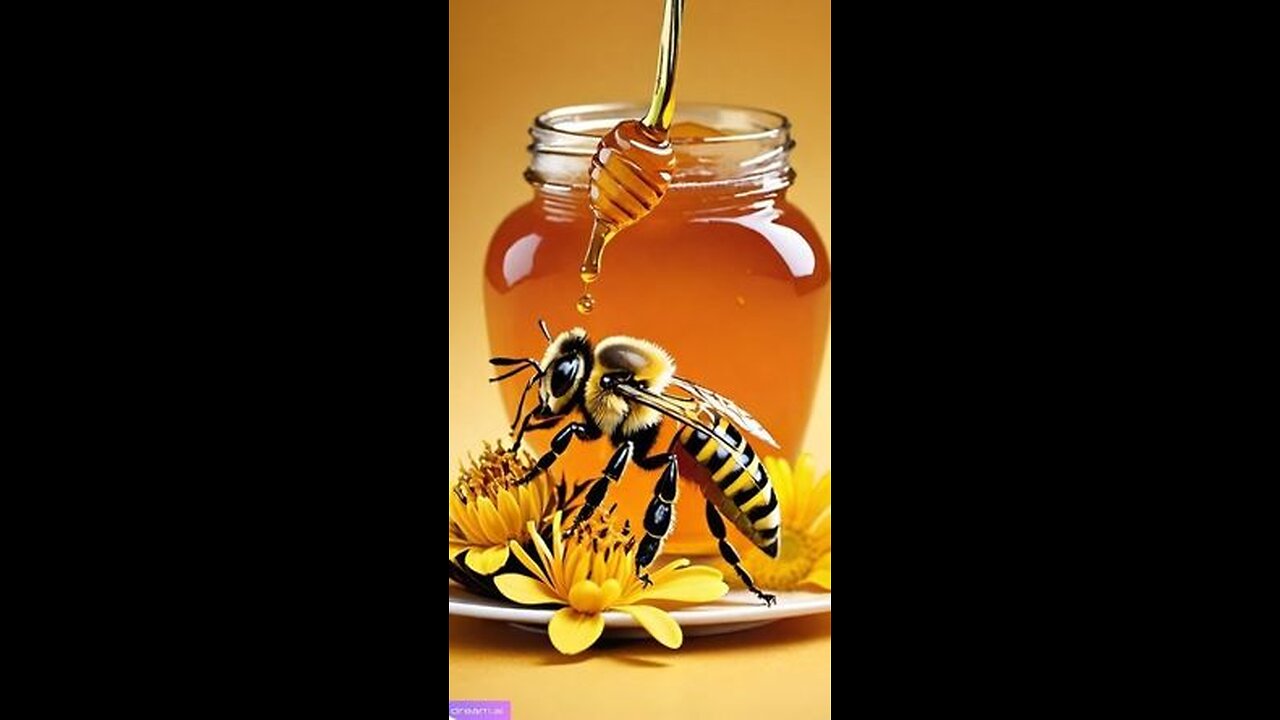Premium Only Content

Bee keeping activities in the forest
Harvesting or relocating wild bees should always prioritize their safety and ecological role. The best approach is to observe before acting. Identify the bee species—some, like honeybees, are more resilient to relocation, while others, like solitary bees, can be more sensitive. If the goal is to relocate a colony, wait until evening or early morning when bees are less active. Use a bee-friendly smoker to gently calm the hive, and carefully transfer the bees using a ventilated container. Always preserve as much of their comb and structure as possible, as this holds their food and brood.
Instead of removing bees from the wild, consider encouraging them to nest in man-made habitats, like bee hotels or hollow logs placed nearby. This supports pollination without disturbing natural colonies. Never use pesticides or harsh tools around wild bees, and avoid harvesting during breeding or high activity periods. Working with local beekeepers or conservation groups can also provide guidance and ensure ethical practices. Ultimately, the best way to "take" wild bees is to foster their presence without removing them—supporting wild populations through habitat protection and gentle coexistence.
-
 8:05
8:05
MattMorseTV
16 hours ago $10.26 earnedSchumer’s SECRET AGENDA just got EXPOSED.
40.1K38 -
 16:37
16:37
Robbi On The Record
10 hours ago $1.58 earnedThe Theater of Manufactured Outrage - When Left and Right Dance for the Same Puppet Master
4.59K4 -
 14:31
14:31
Sponsored By Jesus Podcast
19 hours agoSATAN Knows Scripture Better Than You | Reading the Bible
6.66K3 -
 2:50:36
2:50:36
Side Scrollers Podcast
19 hours agoMore Violent Attacks on Speakers + Hollywood DEMANDS “Free Speech” + More | Side Scrollers
14K16 -
 17:31
17:31
GritsGG
15 hours agoDestoying Warzone Duos Lobby w/ Big Bob!
11.2K3 -
 1:28:36
1:28:36
The HotSeat
15 hours agoAntifa Unmasked: Keyboard Warriors with No Courage
14.2K13 -
 1:53:11
1:53:11
The Michelle Moore Show
17 hours ago'Why Is Gold & Silver Rising, Is Buying Silver A Good Option Right Now, Options of Getting Into The Market, and More' Guest, Dr. Mike Fuljenz: The Michelle Moore Show (Oct 2, 2025)
15.6K3 -
 LIVE
LIVE
Lofi Girl
2 years agoSynthwave Radio 🌌 - beats to chill/game to
163 watching -
 15:03:05
15:03:05
blackfox87
18 hours ago🟢 SUBATHON DAY 1 | BO7 BETA | Premium Creator | #DisabledVeteran
79.7K5 -
 2:24:09
2:24:09
The Quartering
9 hours agoCandace Owens WAR With TPUSA, Antifa BLOWN N OUT, & Pathetic Demand For Trump Interview
124K71
